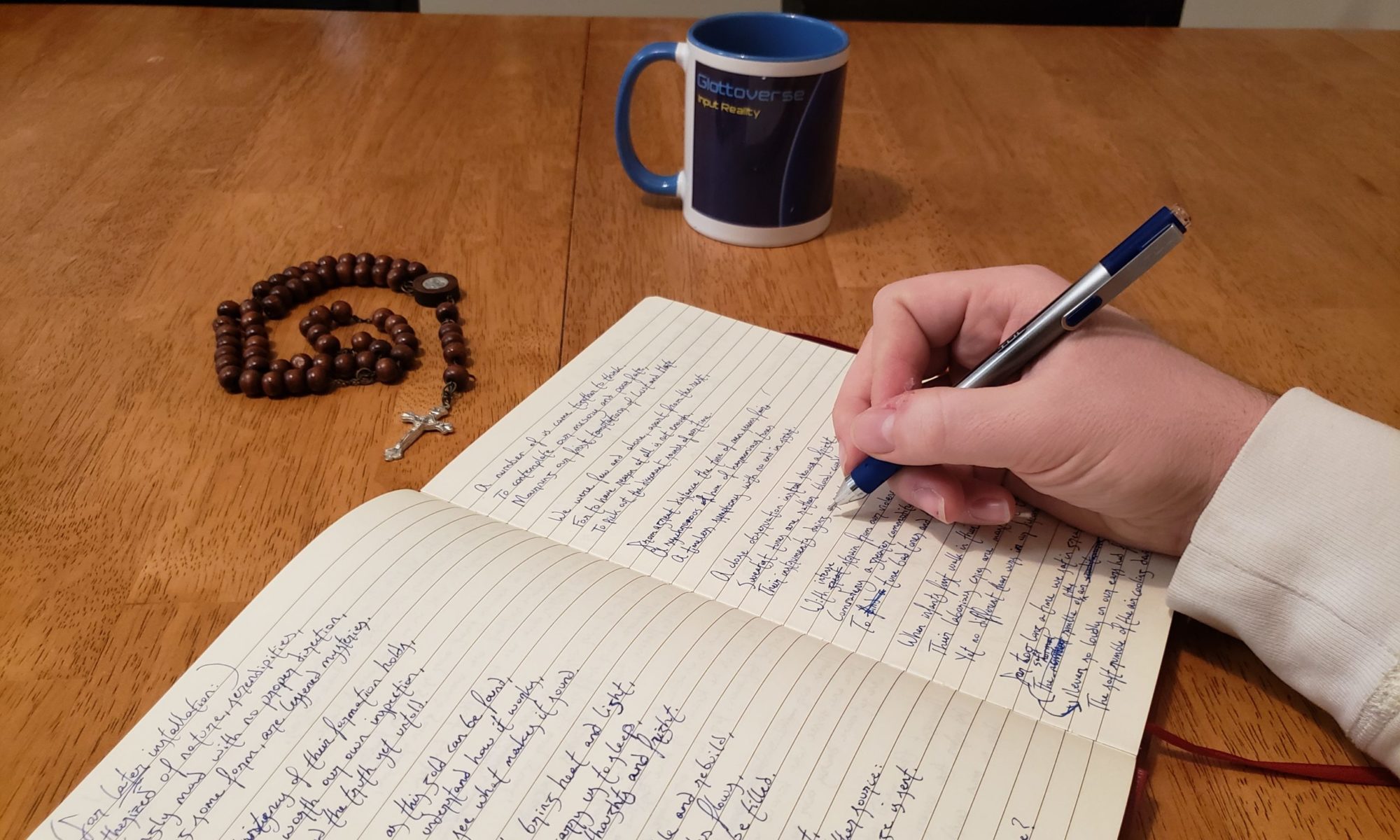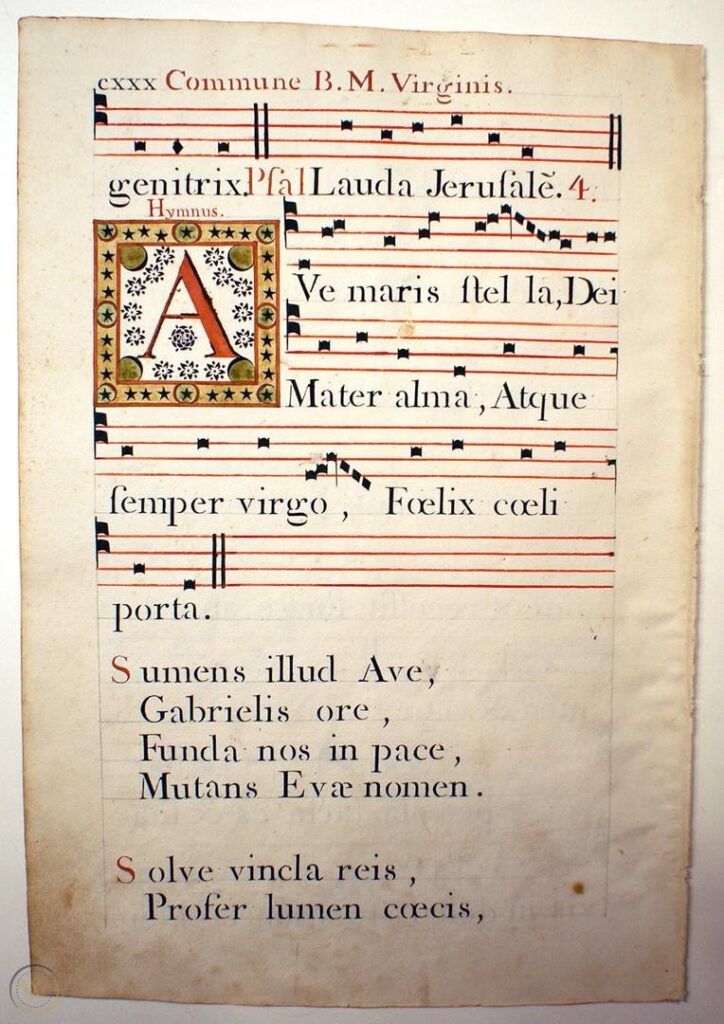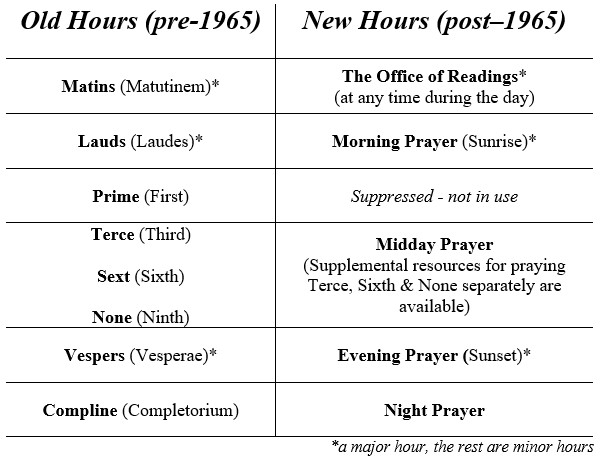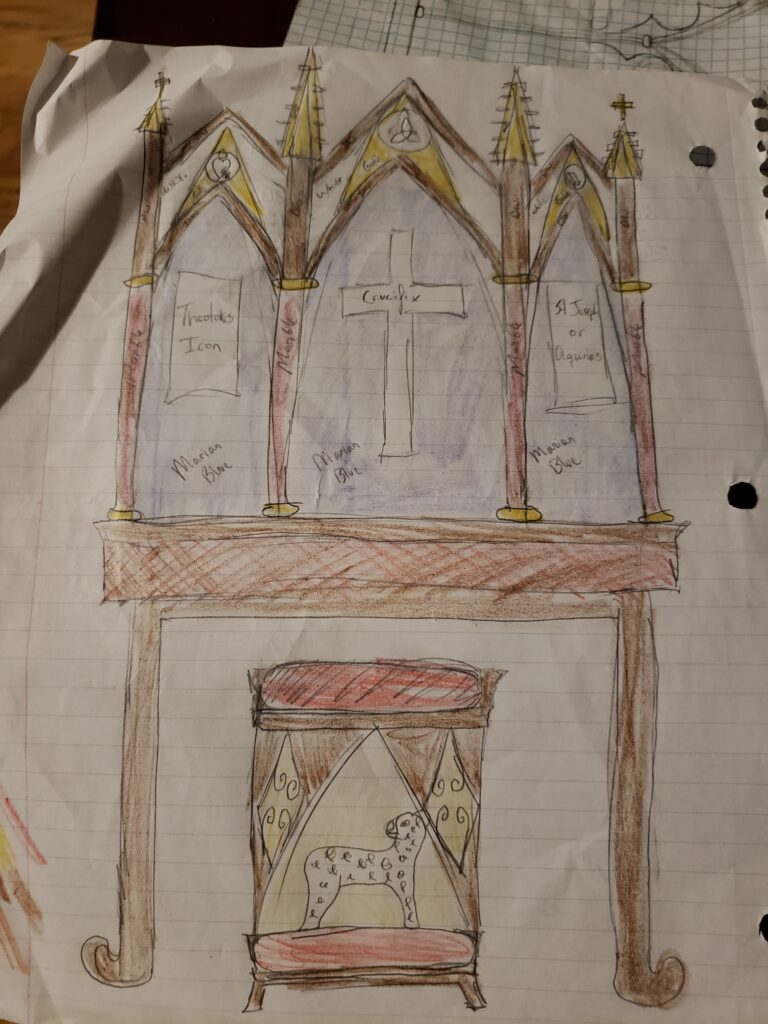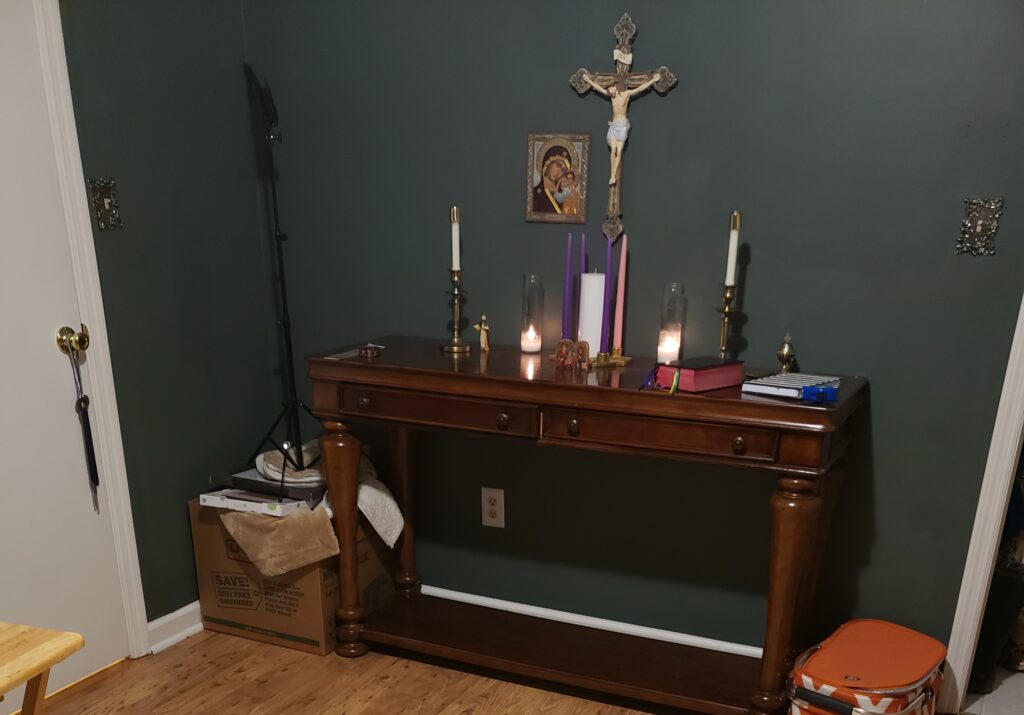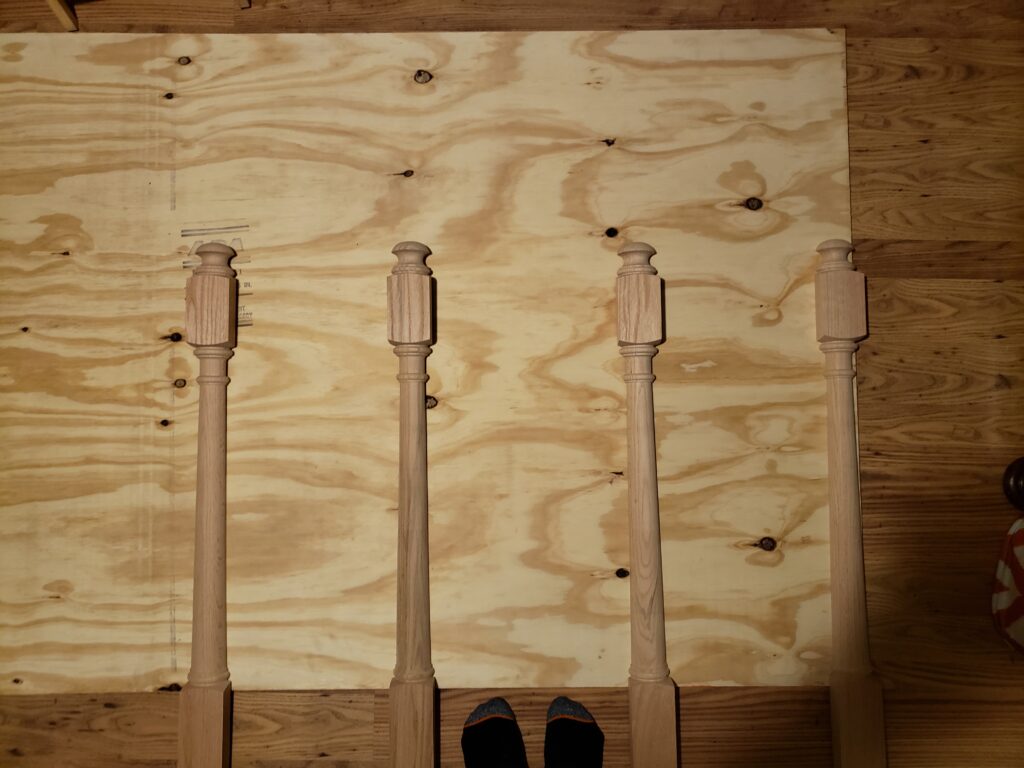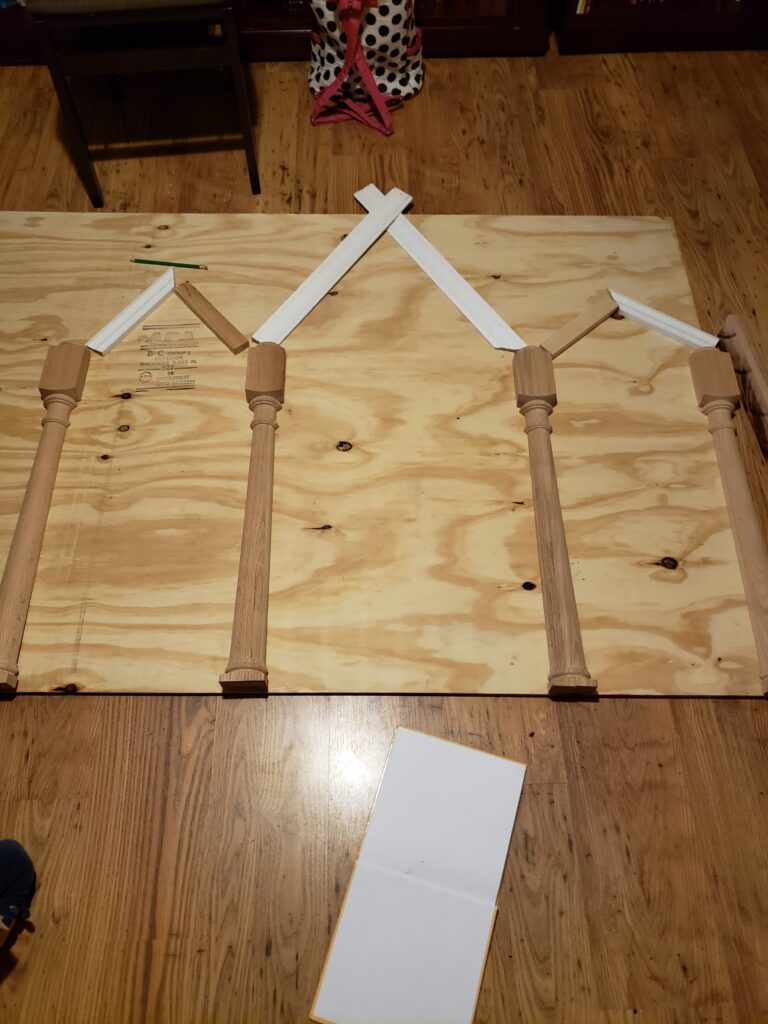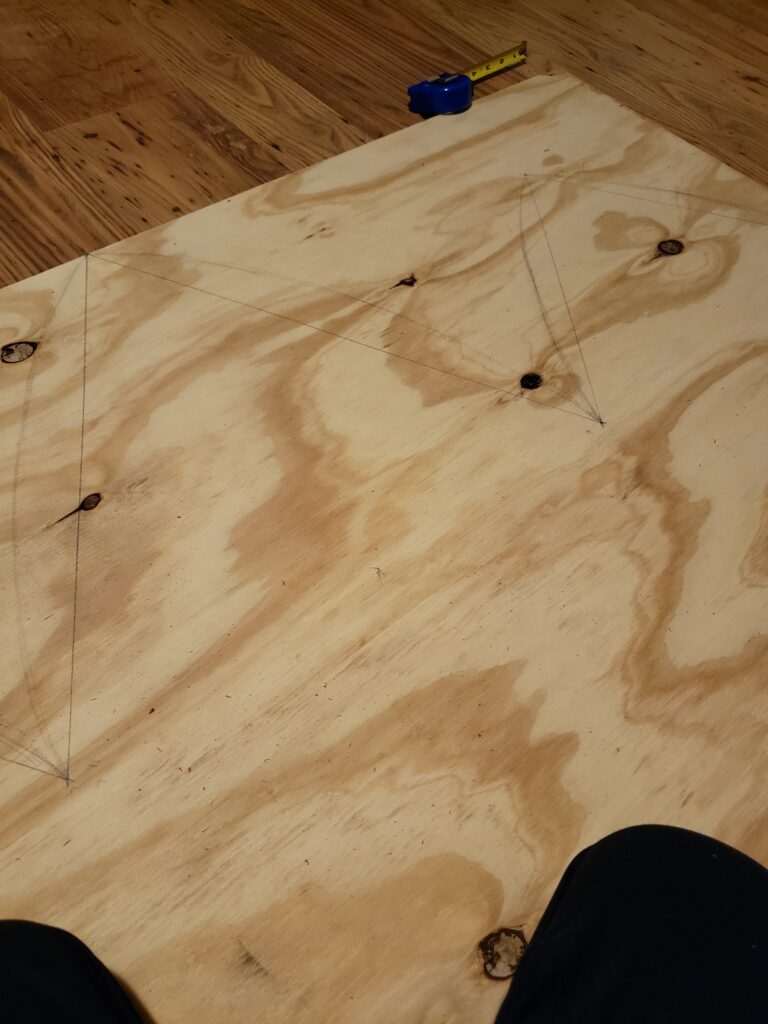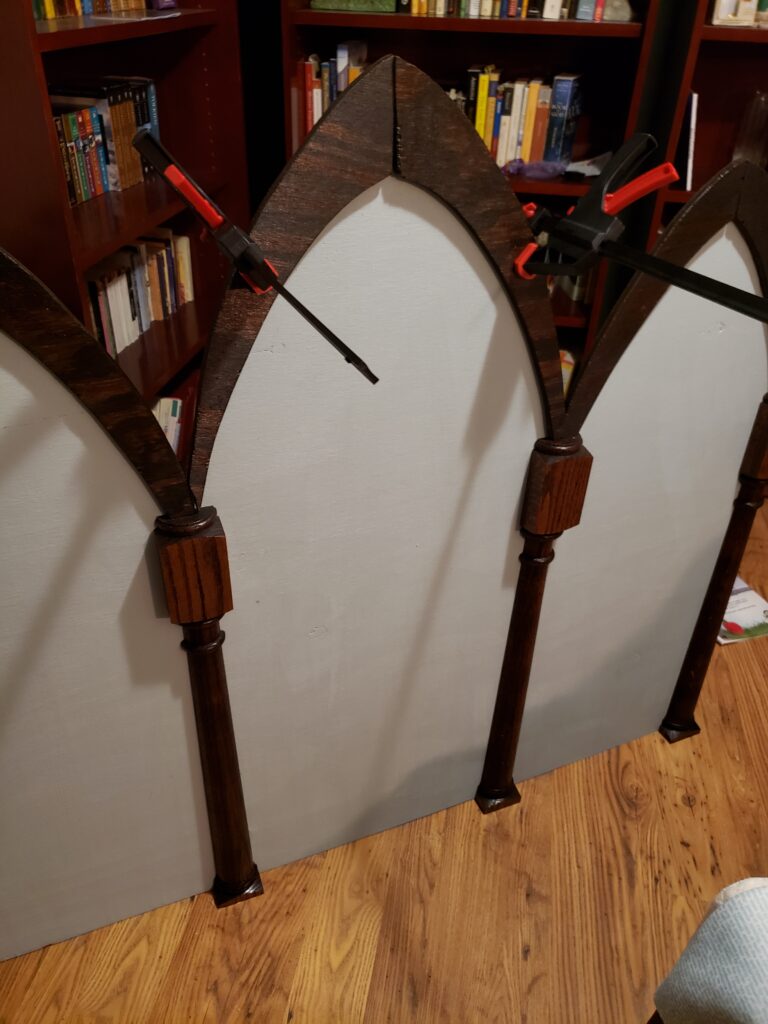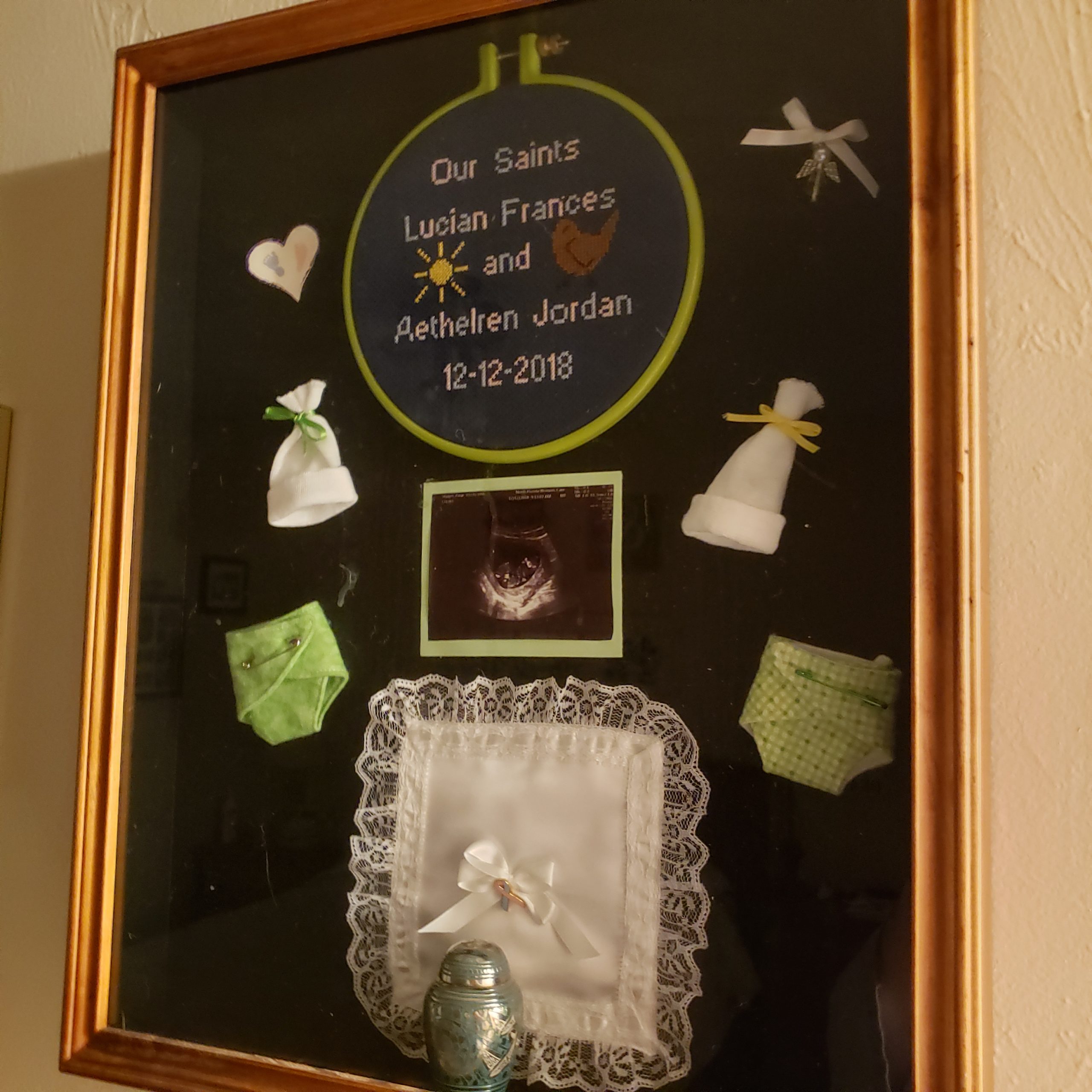There is no doubt that the world we live in is difficult. Droves of people are leaving the Church and the Christian faith at large, societal sins like abortion and contraception are reaching new feverish heights, and whole crowds of people are letting themselves live in an absolute fantasy so as to seek out a world of delight, no matter the cost. Any reasonable Catholic or Christian would certainly feel repulsed by such a world, one that continually pushes away religion and a love of Christ and the Blessed Trinity.
As Christians it’s not hard to think about what our minds do and should turn towards: prayer. Here I am often fond of reflecting on Fray Luis de León’s La Vida Retirada. Plagued by the world and her woes, the poet seeks to escape into a simpler life, one pulled away from the chaos of society. A life, perhaps, filled with the simple but immensely pleasurable contemplation of God and His mysteries. Simple prayer is not, however, as tempting as a counterreaction.
For reference, I would like to highlight the Reformation, an event which, though never named as much during the time, became incredibly important to the Christian faith expressed in the cultural West. The Reformation is such an interesting event because while its supporters laud it as something of a genesis of genuine western faith, it is more actually an event which gains its character via protestation. In other words, it is not an event or way of thinking that has originality or even a renewal of its original roots, it is a way of thinking and an event which solely lives in reaction against the Catholic faith. Take away the Catholic Church and all of a sudden the foundations of Protestant faith begin to fall apart.
I would venture to say that this view of Protestants is unattractive and, perhaps, untenable. Some Protestants have found out just how unattractive it is, and have sought to reclaim their roots as “Bible Christians” or “Non-denominational.” No matter its label, however, the identity formed in reaction is inescapable. Generally speaking, no one likes such an idea unless they are of a postmodern mindset. For the sake of this article I will assume that the reader does not adhere to an explicitly postmodern worldview.
As the reformers so established their identity against the Catholic faith, it would be easy to establish something of a hyper-religious identity against the postmodern world which plagues us. Through a very sincere desire to escape the world and flee to the shadow of the Cross, though, we forget to look at the path we are taking to get there. Then, rather than finding refuge, we find ourselves in something of a swap, and it is hard to navigate or move out of. This is especially true for Catholics after Vatican II who want to pursue traditional prayer patterns instead of innovating new prayers or using prayers created by our contemporaries. Our whole goal is to abandon ourselves in the face of Christ and His Church, and to conform ourselves to Tradition, yet sometimes this abandonment leads to a lack of reflection on our choices.
The reason that a goal of conformity turns into a reactionary identity is because, as I said, the path to the shadow of the cross is not clear. One of the unintended consequences of post-conciliar Catholic culture was an ejection of traditional prayer practices. Seen as old and not of the ‘Spirit’ of Vatican II, many were discarded in favor of novel practices or ones that reflected other traditions. Therefore when traditionally minded Catholics grew tired of these new age practices they had to go back on their own and find out what their spiritual predecessors had been doing, or had to educate themselves on their own to find out what Tradition actually supports, rather than what was simply popular. Converts in the recent era, especially, are not necessarily as reliant on the experience of their local parish as they are on the Church across the whole country, if not the whole world, the internet being a great gateway into the deep history of the Church. When converts indeed convert, they are often not doing so based on what modern Catholicism looks like, per se, as much as what the Church has historically always been, and so when they ask themselves how they should grow deeper in prayer their first thought is to consult the long-standing traditions of the Church.
From experience I can tell you that once you begin down the road of historical Catholic devotions, it’s a lengthy journey you’re embarking on. Between all of the devotions known to tradition, one could easily spend all of their waking hours engaged with them and be plenty occupied. And so, with a mountain of devotional prayer in front of him, and a desire to jump right in to flee to the Cross and escape the world, the Catholic engages with as many devotions as he can.
This entails, as I have suggested, many things; a daily rosary, daily Mass attendance, frequent visits to adoration, wearing the brown scapular, making a morning offering, doing a daily examen at night, making a consecration to Mary, to St Joseph, to the Sacred Heart, or to an angel, praying the Divine Mercy Chaplet, always being engaged in a novena, collecting devotional medals, First Fridays, First Saturdays, and many more which I have not mentioned, which include devotions very particular (such as the Devotion to the Wounds of Jesus).
Let me make this clear: no devotion of our Tradition is bad. Obviously these traditions have survived and have aided many to grow in their holiness. Rightly, too, whenever I have talked with other Catholics, the discussion is not if we are engaged in prayer outside of the Mass, but which prayers we are engaged with outside of the Mass.
The trouble, I wonder, is the self-awareness that the Catholic has when performing a mad-dash to complete and participate in as many devotionals as possible. Let’s not begin to talk about the shame of the Catholic who fails to do them all, or does not have the desire to engage in the same race. Mind you, I’m not questioning the Catholic’s faith as much as their method of engagement. If the reason for engaging in a Catholic act is “it’s traditional” then I think we have a bit of an issue. Engaging in practices solely because of their status as traditional erases the quality of engagement, and means that the practice does not serve it’s original goal as much as it serves the goal of shaping oneself as “traditional.” Just because someone started a practice 400 years ago does not automatically mean it is a practice we should continue; modern Catholics engaged in the Tradition are still obliged to do so responsibly, and that means engaging with intention and understanding.
Devotions should be practices which shape our prayer life in a particular way. It is not a question of how many devotions we engage in as much as which particular devotions we adhere to. Let’s use the analogy of school. Here, devotions are analogous to clubs. We all remember the crazy kids who attempted to participate in every open club, and also how inordinate their life was on account of it. It wasn’t about how many clubs you could be in, but about which clubs you were going to devote yourself to. Though it is very possible to spend every waking moment engaged in devotional prayer, it absolutely does not mean that we should be.
The analogy carries even farther. If clubs are the devotional life, then what is analogous to the school day, full of classes? If the logic of this analogy says that it us disordered to fill one’s day with club activities, then it should look for the main content of the school day as an alternative or as a primary mode of private prayer. Just as the school day is filled with a variety of subjects, we find that the center of the Christian life is filled with a few different things. The sacramental life, most importantly, service to our family and community, and liturgy.
Liturgy, I wish to suggest, should be the highest priority in the average Christian’s daily prayer. The sacramental and communal life, critical elements that they are, and even prayerful elements, are not things that can be done at any moment the way that devotional prayers can. For the Catholic heavily engaged in devotional prayer, I would make the assumption that these other categories are well attended, anyway. When suggesting Liturgy as a higher priority to devotional prayer, however, there ought to be some clarification.
Too often I have heard ill-catechized Catholics who use the word “liturgy” with a broad and undefined net, typically at the expense of the Mass. They casually refer to the Mass as The Liturgy, as if the terms are entirely synonymous, or will also refer to “a liturgy” for ceremonious occasions which are not a Mass, but loosely have some sort of prayerful dialogue written within them. No, indeed we must remember that liturgy as a word etymologically means “public office” or “public work,” generally referring to religious duties that the society owes to God.
Historically, there have always been two arms of liturgy which the Church has taken seriously, the first being Mass or the Divine Liturgy, and the second being the Divine Office or the praying of the Psalter. The first is well attended by serious practicing Catholics, but the latter is not as well attended. A Tradition received from our Jewish elders, the praying of the Psalter, or the 150 Psalms found in the Bible, is a practice which is split up among certain day hours. Certain ancient practices prayed all 150 Psalms every single day, but in the West we take our Tradition most directly from St. Benedict, who established a Psalter that rotated on a weekly cycle.
The Divine Office, broken up into specific hours each day, has a quotidian nature where the prayers are uniquely tied to the general atmosphere of every hour. Lauds, the principal morning hour, is characterized by it’s joyful greeting of God at the new day, and Compline, the minor hour before bed, is full of prayers which call to mind the calm resolution to face God with accountability for your day, and to inspire peace within the heart to let go of your own grandeur before God as you lie down to sleep. And so the Divine Office, more than any devotional prayer, meets the praying Catholic where they are in their day and contextually raises the Catholic’s mind to God from specifically wherever they were. Tied to the celebration of Church’s feasts and to the penance of fasting and abstinence, this is what further joins the individual’s work of prayer to the rest of the Church. The Office, by its very nature, is designed from the outset to consume one’s day in prayer, and to so so in an organized fashion. Devotional prayer is simply not intended for the same purpose.
If the Catholic has much prayer they want to engage in beyond the Mass, and they should, then the substance of that prayer life should begin with the Divine Office. It is not simply another devotion that we attend to; it is the substantive prayer that the Church has placed as a priority in the Christian life. While there are enough devotions to engage the layperson for his whole day, the layperson may yet barely find enough time to pray the full Office. Hereafter is where devotions can regain their ordered place in the Christian life: as a few select devotions toward which the Christian tailors his prayer.
In a mad dash to pray as many devotions as possible, the Christian finds himself knee-deep in a swamp of devotions. Substances which were meant to aid him end up becoming overwhelming and distracting from the path he was originally on. If instead the main course of the Christian’s prayer is that of the Divine Office, or even only a small portion of it, then the Christian finds himself in a Great Hall of architectural prowess, filled to the brim with meaning, where every arch and ornamentation cooperates with the rich literature lining its shelves. Whether or not the Christian makes use of every inch of the hall, it is nonetheless a foundation upon which the Christian can build the rest of his prayer life. Therein devotions become beautiful accents which tint the whole hall.
Anyone who is familiar with exactly how large this hall is, may contest that the Office is simply too large a task for the laity, and is something they need not or should not engage in. This is understandable, but may not be well made. Sacrosanctum Concilium, Vatican II’s document on the Sacred Liturgy, says that “the laity, too, are encouraged to recite the divine office, either with the priests, or among themselves, or even individually,” meaning that the task is not reserved solely for religious and clerics. The laity are thus encouraged to participate in the Church’s work of sanctifying the day and the hours, no matter how much it may be. The same Church document encourages pastors to prioritize celebrating Sunday Vespers every week with the laity for the same purpose. Clearly the vision of the laity praying the Office is to whatever degree they are able, and that they should indeed try. Since the laity are not obliged to say the Office the same way religious and clerics are, it means there is a liberty for the lay person to decide their level of participation.
Truly, though, learning to pray the Office is a significant task, and for either a lack of education or a lifestyle that is necessarily too busy it is possible that praying the Office is not a task that certain lay people are afforded to do. This was indeed true for much of the Church’s history, such as when St. Dominic began his Order of Preachers in modern-day France. The life of the laity indeed fit this description, but it was felt that the laity should be able to have a prayer life which could similarly help them sanctify their day. The simple salutation of the Angel Gabriel was elongated into the Hail Mary prayer and was tied to a collection of mysteries from the Gospels, something the laity would know. 15 mysteries, in total, with 10 Hail Marys used to meditate on each one, meant 150 Hail Mary prayers. Religious prayed 150 psalms, and the laity prayed 150 Hail Marys. So indeed if you find yourself in a position of not being able to pray the office, praying the Rosary is more than an appropriate recourse. Naturally one could always do both the Office and a daily Rosary of 15 mysteries, as the Dominicans exemplify to this day.
When fleeing the world, then, we must avoid the temptation of finding and clinging to every prayer or devotion or act which is “traditional” and shame ourselves if we fail to do all of them. This intense fleeing, without reflection, culminates in a Catholic identity of counterreaction, so scarred by the modern world that is evermore “progressive” and modern that participation in all lowercase t traditions becomes nothing less than obligatory. Instead, an authentic identity formed in Catholic roots will know how to properly order devotions within the larger prayer life, and grounding oneself in the Divine Office is a principal way to achieve this. 8 hours of devotional prayer, which was never meant to be strung together in such a way, is much more chaotic than 8 hours of the Divine Office, which was orchestrated together down to the last phrase. This attitude greatly affects the disposition of Christian character, grounding him and centering him more within the heart of Mother Church, enabling them to engage the world more readily and with a firmer foundation. Ordering one’s prayer life, where the Christian grows his love for God, leads to an ordering of the rest of one’s life, properly disposing him to answer God’s call to mission.
May the Holy Spirit guide us all in the virtues of Temperance and Prudence.

